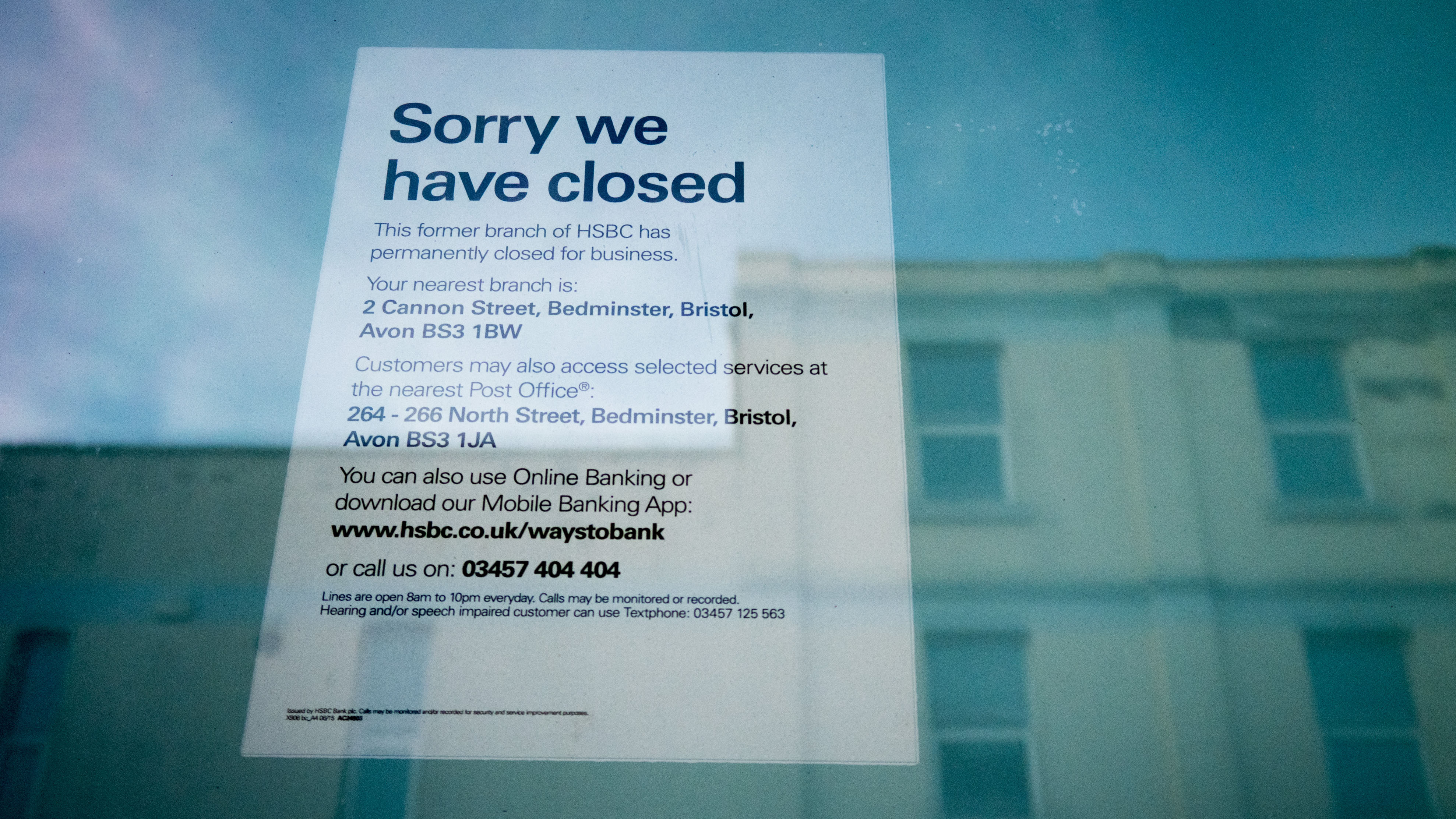
Banks and building societies in the UK will be required to assess the impact of changes to their services such as shorter branch opening times and the shuttering of branches.
Incumbent banks are facing greater scrutiny from the UK’s Financial Conduct Authority (FCA) when looking to reduce their physical branch networks. The FCA’s warning is set against the backdrop of industry-wide digital transformation and digital acceleration, as well as greater competition from new digital-first fintechs.
The FCA’s proposed guidance for UK banks and building societies would oblige them to assess the impact of changes to their services such as shorter branch opening times and, crucially, branch closures. The proposal aims to address bank customers’ service gaps, such as those with poor or non-existent mobile or broadband facilities, or those without a smartphone and who may have depended on a physical branch for their banking needs all their lives.
Demand for digital
In the UK, Barclays announced an extra 15 branch closures this month, putting it on target to close a total of 132 branches (out of a total of around 530 branches) in 2022.
More customers are accessing the bank via mobile, with digital customers growing to 10 million in the past nine years, according to the bank. Now more than 70% of banking activity can be undertaken digitally, while less than 10% of transactions are undertaken in branches, a trend that Barclays fully expects to continue.
The bank insists that as more bank closures occur, it will remain a part of its communities, with “a more flexible and sustainable future model” including smart ATMs, cashback without purchase, a physical presence in post offices and ‘pop-up’-style kiosks.
Barclays will “continue to review and adjust” its branch footprint “to ensure it reflects the way that our customers are increasingly choosing to do their banking”, says a bank spokesperson.
The spokesperson continues: “We will always give 12 weeks’ notice of any branch closures, explaining the rationale for the decision, as well as highlighting alternative branches and ways to bank.”
The trend towards branch closures will inevitably continue, according to Barclays. “As our customers increasingly choose to do their banking via digital channels, we are carefully reducing our number of under-used branches, while investing in improving the services we provide to our customers,” the spokesperson adds.
The bank acknowledges that some customers are not yet ready to make the transition to digital, an issue that it says is being addressed by shared banking infrastructure.
“When a branch closes, we look to retain a face-to-face presence in the local community,” says the Barclays spokesperson. “This could be in a community centre or library, in our banking pods or a van, providing reassurance to customers when they have more complex queries that they would prefer to discuss in person.”
The UK government has confirmed that the FCA will be given powers to make sure cash remains accessible. Sheldon Mills, executive director of consumers and competition at the FCA, said banks will be expected to continue to offer easy and accessible banking services to their customers.
Rise of the challengers
Meanwhile, newer challenger banks seem to be winning the war for customer satisfaction in the UK. Challenger banks scored higher, in terms of positive sentiment compared to high street banks, according to a recent report from consumer intelligence analysis firm Talkwalker.
Starling Bank has the most favourable net sentiment score (-4.4%), while 350-year-old high street bank NatWest fares the worst (-36.6%), according to the report. It is based on 12 months of data during which time challenger banks have experienced significant growth and are increasing their share of the market.
“Challenger banks are hot on the heels of high street banks, with customer service, sustainability and ethics seen as the biggest drivers for customers switching banks,” says Jack Richards, marketing manager, UK and Nordics at Talkwalker.
He says customer service is the biggest issue for both high street and challenger banks, and the main factor driving the decision for people to switch banks. Start-up digital banks such as Monzo, Starling, Revolut and Monese combined are today the same size as NatWest, which has 12.5 million customers and more than 1.8 billion annual app log-ins, he adds.


